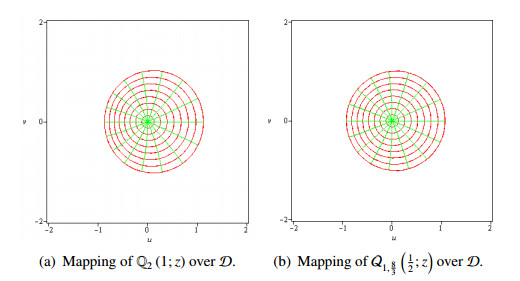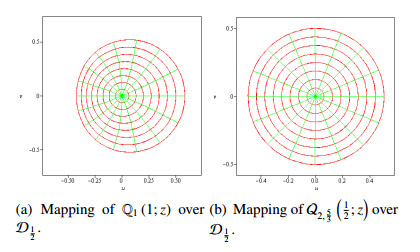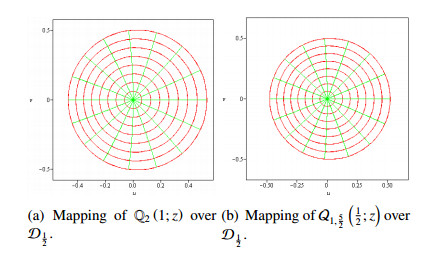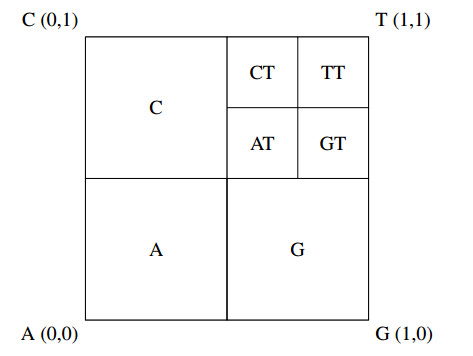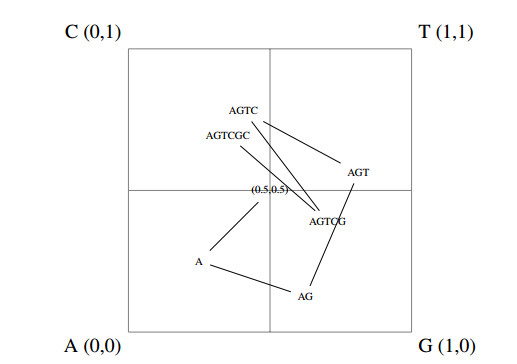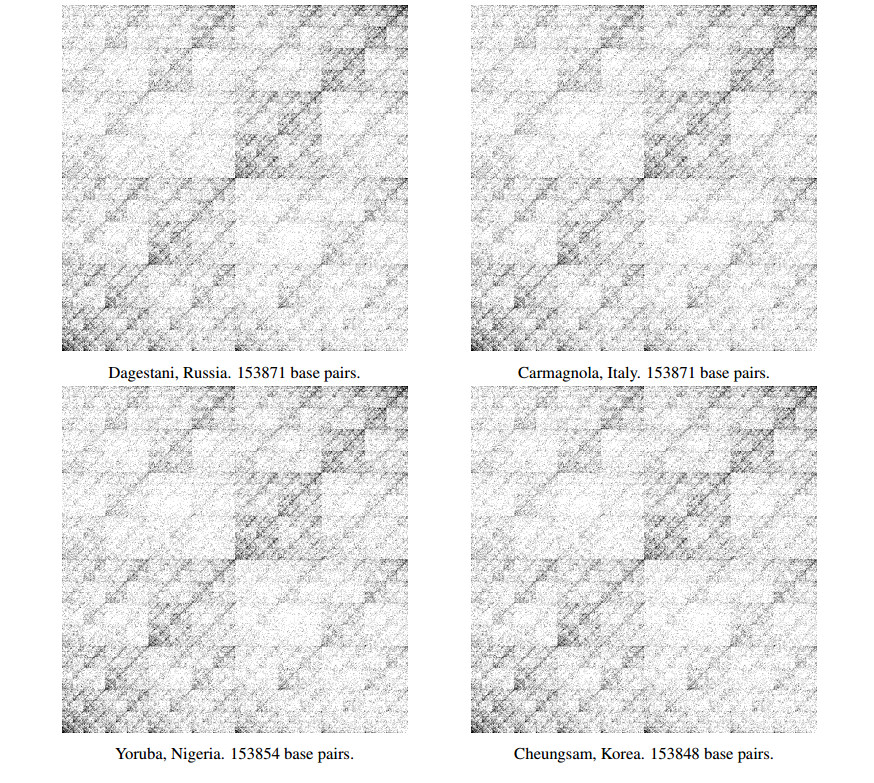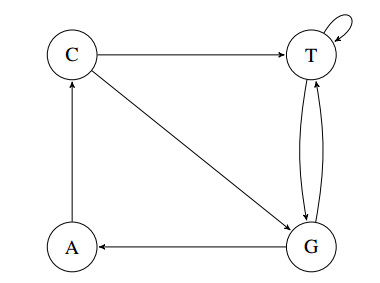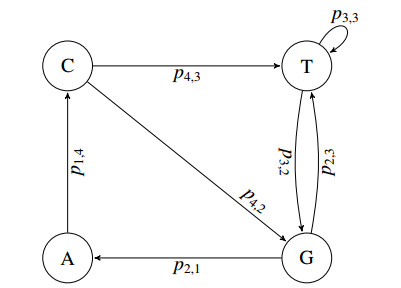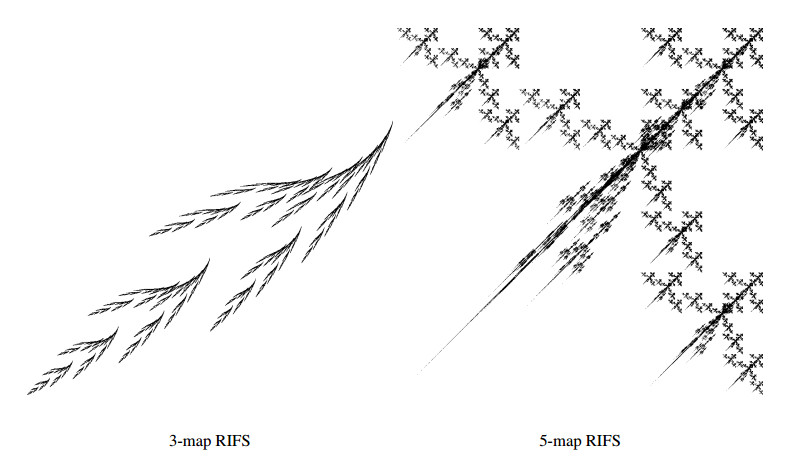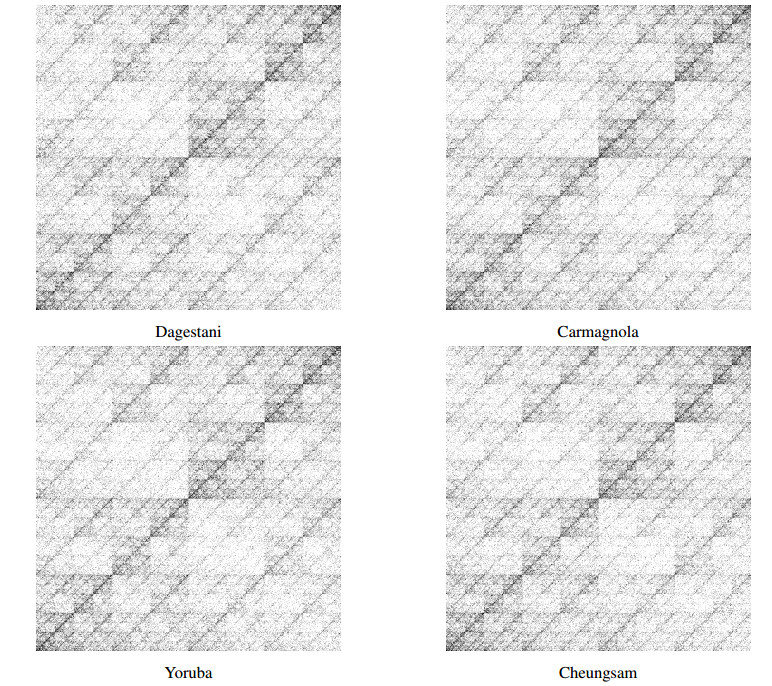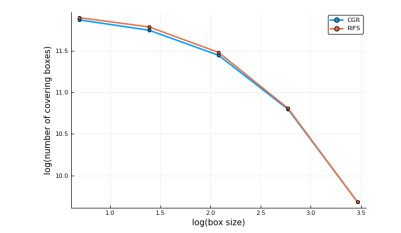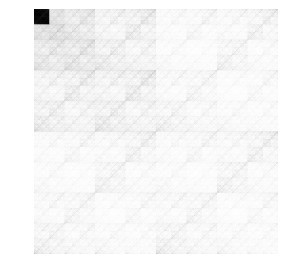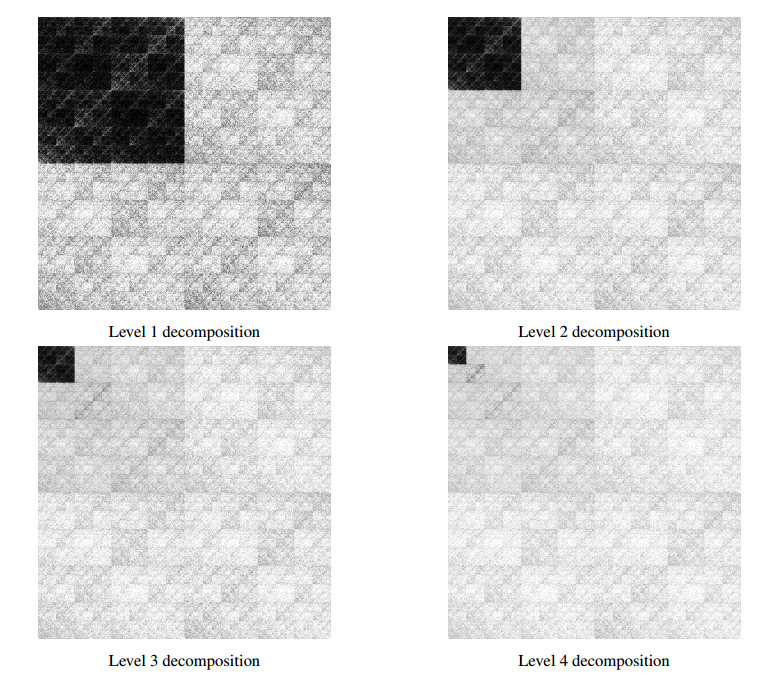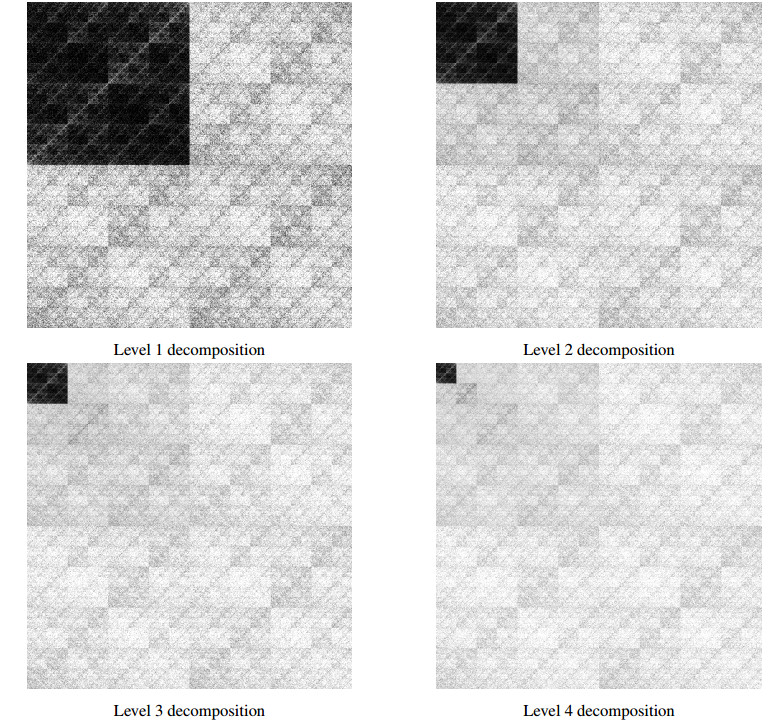1.
Introduction
In the literature, special functions have a great importance in a variety of fields of mathematics, such as mathematical physics, mathematical biology, fluid mechanics, geometry, combinatory and statistics. Due of the essential position of special functions in mathematics, they continue to play an essential role in the subject as well as in the geometric function theory. For geometric behavior of some other special functions, one can refer to [1,2,3,4,5,6,7,8,9,10,11,12]. An interesting way to discuss the geometric properties of special functions is by the means of some criteria due to Ozaki, Fejér and MacGregor. One of the important special functions is the Mathieu series that appeared in the nineteenth century in the monograph [13] defined on R by
Surprisingly, the Mathieu series is considered in a variety of fields of mathematical physics, namely, in the elasticity of solid bodies [13]. For more applications regarding the Mathieu series, we refer the interested reader to [14, p. 258, Eq (54)]. The functions bear the name of the mathematician Émile Leonard Mathieu (1835–1890). Recently, a more general family of the Mathieu series was studied by Diananda [15] in the following form:
In 2020, Gerhold et al. [16], considered a new Mathieu type power series, defined by
where α,μ≥0,β,r>0 and |z|≤1, such that α<β(μ+1).
In [17], Bansal and Sokól have determined sufficient conditions imposed on the parameters such that the normalized form of the function S(r,z) belong to a certain class of univalent functions, such as starlike and close-to-convex. In [18], the authors presented some generalizations of the results of Bansal and Sokól by using the same technique. In addition, Gerhold et al. [18, Theorems 5 and 6] has established some sufficient conditions imposed on the parameter of the normalized form of the function S1,2,μ(r;z) defined by
to be starlike and close-to-convex in the open unit disk. The main focus of the present paper is to extend and improve some results from [18] by using a completely different method. More precisely, in this paper we present some sufficient conditions, such as the normalized form of the function S1,β,μ(r;z) defined by
satisfying several geometric properties such as starlikeness, convexity and close-to-convexity.
We denoted by H the class of all analytic functions inside the unit disk
Assume that A denoted the collection of all functions f∈H, satisfying the normalization f(0)=f′(0)−1=0 such that
A function f∈A is said to be a starlike function (with respect to the origin zero) in D, if f is univalent in D and f(D) is a starlike domain with respect to zero in C. This class of starlike functions is denoted by S∗. The analytic characterization of S∗ is given [19] below:
If f(z) is a univalent function in D and f(D) is a convex domain in C, then f∈A is said to be a convex function in D. We denote this class of convex functions by K, which can also be described as follows:
An analytic function f in A is called close-to-convex in the open unit disk D if there exists a function g(z), which is starlike in D such that
It can be noted that every close-to-convex function in D is also univalent in D (see, for details, [19,20]).
In order to show the main results, the following preliminary lemmas will be helpful. The first result is due to Ozaki (see also [21, Lemma 2.1]).
Lemma 1.1. [22] Let
be analytic in D. If
or if
then f is close-to-convex with respect to the function −log(1−z).
Remark 1.2. We note that, as Ponnusamy and Vuorinen pointed out in [21], proceeding exactly as in the proof of Lemma 1.1, one can verify directly that if a function f:D→C satisfies the hypothesis of the above lemma, then it is close-to-convex with respect to the convex function
The next two lemmas are due to Fejér [23].
Lemma 1.3. Suppose that a function f(z)=1+∑∞k=2akzk−1, with ak≥0(∀k≥2) as analytic in D. If (ak)k≥1 is a convex decreasing sequence, i.e., ak−2ak+1+ak+2≥0 and ak−ak+1≥0 for all k≥1, then
Lemma 1.4. Suppose that a f(z)=z+∑∞k=2akzk, with ak≥0(∀k≥2) as analytic in D. If (kak)k≥1 and (kak−(k+1)ak+1)k≥1 both are decreasing, then f is starlike in D.
Lemma 1.5 ([24]). Assume that f∈A. If the following inequality
holds for all z∈D, then f is starlike in
Lemma 1.6 ([25]). Assume that f∈A and satisfies
for each z∈D, then f is convex in D12.
2.
Main results
Theorem 2.1. Let μ,β>0 and 0<r≤1 such that β≥1+2μ+1. In addition, if the following condition holds:
then the function Qμ,β(r;z) is close-to-convex in D with respect to the function −log(1−z).
Proof. For the function Qμ,β(r;z), we have
To prove the result, we need to show that the sequence {kak}k≥1 is decreasing under the given conditions. For k≥2 we have
where
However, we have
In addition, for all k≥2, we have
which is positive by our assumption. Having (2.1)–(2.3), we conclude that the sequence (kak)k≥2 is decreasing. Finally, we see that the condition (H) implies that a1≥2a2, then the function Qμ,β(r;z) is close-to-convex in D with respect to the function −log(1−z) by Lemma 1.1. □
If we set β=32 in Theorem 2.1, we derive the following result as follows:
Corollary 2.2. Let 0<r≤1. If μ≥3, then the function Qμ,32(r;z) is close-to-convex in D with respect to the function −log(1−z).
Upon setting μ=2 in Theorem 2.1, we get the following result:
Corollary 2.3. Let 0<r≤1. If β≥53, then the function Q2,β(r;z) is close-to-convex in D with respect to the function −log(1−z).
Remark 2.4. In [18], it is established that the function Qμ,2(r;z)=:Qμ(r;z) is close-to-convex in D with respect to the function z1−z for all 0<r≤√μ. Moreover, in view of Remark 1.2, we conclude that the function Qμ,2(r;z) is close-to-convex in D with respect to the function −log(1−z) for all 0<r≤√μ. However, in view of Corollaries 2.2 and 2.3, we deduce that Theorem 2.1 improves the corresponding result available in [18, Theorem 5] for 0<r≤1.
Theorem 2.5. Assume that μ,β>0,0<r≤1 such that β≥1+1μ+1. In addition, if the condition (H) holds, then
for all z∈D.
Proof. For k≥1, we get
Further, for all k≥1, we have
Hence, in view of (2.4) and (2.5), we deduce that the sequence (ak)k≥1 is decreasing. Next, we prove that (ak)k≥1 is a convex decreasing sequence, then, for k≥2 we obtain
Moreover, we get
Keeping (2.6) and (2.7) in mind, we have ak−2ak+1>0 for all k≥2. In addition, the condition (H) implies a1−2a2≥0. This in turn implies that the sequence (ak)k≥1 is convex. Finally, by Lemma 1.3, we obtain the desired result. □
Taking β=32 in Theorem 2.5, we derive the following result:
Corollary 2.6. Assume that r∈(0,1]. If μ≥log(4)log(232+1)−log(2)−1∼1.14, then
Setting μ=1 in Theorem 2.5, we established the following result which reads as follows:
Corollary 2.7. Let 0<r≤1. If β≥log(3)log(2), then
Remark 2.8. The result obtained in the above theorem has been derived from [18, Theorem 6] for β=2,μ>0 and 0<r<√μ. Hence, in view of Corollaries 2.2 and 2.6, we deduce that Theorem 2.5 improves the corresponding result given in [18, Theorem 6] for 0<r≤1.
Theorem 2.9. Assume that min(μ,β)>0,0<r≤1 such that β≥1+3μ+1, then the function Qμ,β(r;z) is starlike in D.
Proof. We see in the proof of Theorem 2.1 that the sequence (kak)k≥1 is decreasing. Hence, with the aid of Lemma 1.4 to show that the function Qμ,β(r;z) is starlike in D, it suffices to prove that the sequence (kak−(k+1)ak+1)k≥1 is decreasing. We have
where
For k≥2, we have
which in turn implies that
for all k≥2, and consequently, the sequence (kak−(k+1)ak+1)k≥2 is decreasing. Further, a simple computation gives
Therefore, (kak−(k+1)ak+1)k≥1 is decreasing, which leads us to the asserted result.
□
In the next Theorem we present another set of sufficient conditions to be imposed on the parameters so that the function Qμ,β(r;z) is starlike in D.
Theorem 2.10. Let the parameters be the same as in Theorem 2.1. In addition, if the following conditions
hold true, then the function Qμ,β(r;z) is starlike in D.
Proof. First of all, we need to prove that the sequences (uk)k≥2 and (vk)k≥2 defined by
are decreasing. Indeed, we have
In addition, for any k≥2, we have
According to (2.10) and (2.11) we conclude that the sequence (uk)k≥2 is decreasing. Also, for k≥2, we have
Moreover, for all k≥2, we find
Since the sequence (k/(k−1))n≥2 is decreasing, we deduce that kk−1≤2 for all k≥2 and consequently,
Hence, in view of the above inequality combined with (2.13) and (2.12), we conclude that the sequence (vk)k≥2 is decreasing. Now, we set
We see that the function ˜Qμ,β(r;z) is analytic in D and satisfies ˜Qμ,β(r;0)=1. Hence, to derive the desired result, it suffices to prove that, for any z∈D, we have
For this goal in view, it suffices to show that
For all z∈D, we get
In addition, in view of the inequality:
we obtain
By using (2.14) and (2.15), for z∈D, we get
Furthermore, by using the fact that the function r↦χμ,β(r)=(r2+1r2+2β)μ+1 is strictly increasing on (0,1], and with the aid of condition (H∗), we obtain
Finally, by combining (2.16) and (2.17), we derived the desired results. □
By setting β=2 in Theorem 2.10, we obtain the following corollary:
Corollary 2.11. If 0<r≤1 and μ≥1, then the function Qμ(r;z) defined in (1.4) is starlike in D.
Taking β=32 in Theorem 2.10, we obtain:
Corollary 2.12. Under the assumptions of Corollary 2.2, the function Qμ,32(r;z) is starlike in D.
Setting in Theorem 2.10 the values μ=2, we compute the following corollary:
Corollary 2.13. Suppose that all hypotheses of Corollary 2.3 hold, then the function Q2,β(r;z) is starlike in D.
Example 2.14. The functions Q3,32(1/2;z) and Q2,53(1/2;z) are starlike in D.
Figure 1 illustrates the mappings of the above examples in D.
Theorem 2.15. Let μ,β>0 and 0<r≤1 such that β≥1+3μ+1. If the following condition
holds true, then the function Qμ,β(r;z) is convex in D.
Proof. We define the sequences (xk)k≥2 and (yk)k≥2 by
Let k≥2, then
However, we have
Hence, in view of (2.18) and (2.19), we get that (xk)k≥2 is decreasing. Also, we have
Moreover, for k≥2, we find that
Having (2.20) and (2.21) in mind, we deduce that the sequence (yk)k≥2 is decreasing. To show that the function Qμ,β(r;z) is convex in D, it suffices to establish that the function
is starlike in D. For this objective in view, it suffices to find that
For all z∈D and since (yk)k≥2 is decreasing, we get
Further, for any z∈D, we obtain
Keeping (2.22) and (2.23) in mind, for z∈D, we get
Again, by using the fact that the function r↦χμ,β(r) is increasing on (0,1] and with the aid of hypothesis (H∗∗) we obtain that
Finally, by combining the above inequality and (2.24), we obtain the desired result asserted by Theorem 2.15. □
Taking β=2 in Theorem 2.15, in view of (1.4), the following result holds true:
Corollary 2.16. Let 0<r≤1. If μ≥2, then the function Qμ(r;z) is convex in D.
If we set μ=1 in Theorem 2.15, in view of (1.5), we derive the following result:
Corollary 2.17. Let 0<r≤1. If β≥log(8√e−2−1)log(2), then the function Q1,β(r;z) is convex in D.
Example 2.18. The functions Q2(r;z) and Q1,83(r;z) are convex in D.
Figure 2 gives the mappings of the above presented examples in D.
Theorem 2.19. Let the parameters be the same as in Theorem 2.1, then the function Qμ,β(r;z) is starlike in D12.
Proof. For any z∈D we get
where
Straightforward calculation gives
Furthermore, for k≥2, we get
Thus, the sequence (ck)k≥2 is decreasing. However, in view of (2.26), for z∈D we obtain
According to the monotony property of the function r↦χβ,μ(r) on (0,1) we get
Hence, in view (2.29) and (2.30) we find for all z∈D that
With the help of Lemma 1.5, we deduce that the function Qμ,β(r;z) is starlike in D12. □
Corollary 2.20. Assume that all conditions of Corollary 2.2 are satisfied, then the function Qμ,32(r;z) is starlike in D12.
Corollary 2.21. Suppose that all hypotheses of Corollary 2.3 hold, then the function Q2,β(r;z) is starlike in D12.
If we set β=2 in the above Theorem, in view of (1.4), the following result is true:
Corollary 2.22. Let 0<r≤1 If μ≥1, then the function Qμ(r;z) is starlike in D12.
Example 2.23. The functions Q3,32(1/2;z),Q1(1;z) and Q2,53(1/2;z) are starlike in D12.
In Figure 3, we give the mappings of the above presented examples in D.
Theorem 2.24. Let β,μ>0 and 0<r<1. If β≥1+3μ+1, then the function Qμ,β(r;z) is convex in D12.
Proof. For all z∈D, it follows that
where
For all k≥2, we get
However, for all k≥2 and under the conditions imposed on the parameters, we have
Hence, in view of (2.32) and (2.33) we conclude that the sequence (dk)k≥2 is decreasing. Therefore, by (2.31), we conclude
Moreover, since β≥1+3μ+1 and r∈(0,1], we get
and consequently, for all z∈D, we obtain
Finally, with the means of Lemma 1.6, we conclude that the function Qμ,β(r;z) is convex in D12. □
If we take β=2 in Theorem 2.15, in view of (1.4), the following result holds true:
Corollary 2.25. Let 0<r≤1. If μ≥2, then the function Qμ(r;z) is convex in D12.
If we let μ=1 in Theorem 2.15, in view of (1.5), we derive the following result:
Corollary 2.26. Let 0<r≤1. If β≥52, then the function Q1,β(r;z) is convex in D12.
Example 2.27. The functions Q2(r;z) and Q1,52(r;z) are convex in D12.
In Figure 4, we present the mappings of these examples in D.
Remark 2.28. The geometric properties of the function Qμ(r;z) derived in Corollaries 2.16, 2.22 and 2.25 are new.
3.
Conclusions
In our present paper, we have derived sufficient conditions such that a class of functions associated to the generalized Mathieu type power series are to be starlike, close-to-convex and convex in the unit disk D. The various results, which we have established in this paper, are believed to be new, and their importance is illustrated by several interesting corollaries and examples. Furthermore, we are confident that our paper will inspire further investigation in this field and pave the way for some developments in the study of geometric functions theory involving certain classes of functions related to the Mathieu type powers series.
Use of AI tools declaration
The authors declare they have not used Artificial Intelligence (AI) tools in the creation of this article.
Acknowledgments
The authors extend their appreciation to the Deanship of Scientific Research at Northern Border University, Arar, KSA for funding this research work through the project number "NBU-FFR-2023-0093".
Conflict of interest
The authors declare that they have no conflicts of interest.
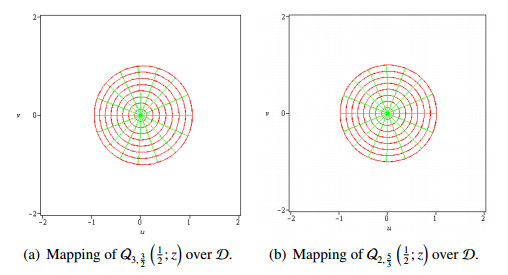









 DownLoad:
DownLoad:
